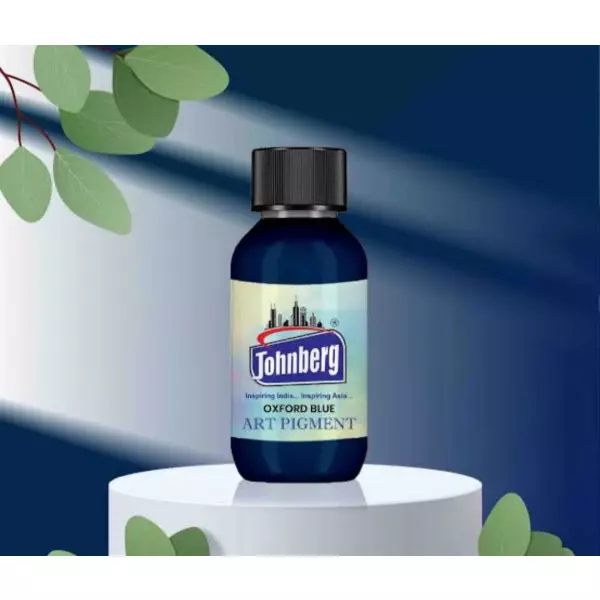Blue Opaque Pigment In Gujarat
Details of Blue Opaque Pigment
Blue opaque pigments are used in a wide range of applications — from fine art to industrial coatings and plastics — where strong, saturated blue color and good opacity are required. Below is a detailed overview of blue opaque pigments:
Common Blue Opaque Pigments
1. Ultramarine Blue (Pigment Blue 29)
Chemical Composition: Sodium aluminum sulfosilicate
Opacity: Semi-opaque to opaque
Lightfastness: Excellent
Heat Resistance: Very high (up to 350°C)
Toxicity: Non-toxic
Notes: Made historically from lapis lazuli, now synthesized; vibrant but can be slightly weak in tinting strength.
2. Phthalo Blue (Pigment Blue 15)
Chemical Composition: Copper phthalocyanine
Color Index: PB15:1 (green shade), PB15:3 (redder shade)
Opacity: Typically transparent, but can be made opaque by:
Milling with opacifiers like titanium dioxide
Using certain resin systems
Lightfastness: Excellent
Tinting Strength: Very strong
Toxicity: Generally non-toxic
Uses: Widely used in paints, inks, plastics
3. Cobalt Blue (Pigment Blue 28)
Chemical Composition: Cobalt(II) aluminate
Opacity: Semi-opaque
Lightfastness: Excellent
Cost: Expensive
Toxicity: Low in finished form, but dust can be harmful
Notes: Stable in high-temperature applications like ceramics and glass
4. Cerulean Blue (Pigment Blue 35)
Chemical Composition: Cobalt stannate (cobalt-tin oxide)
Opacity: Opaque to semi-opaque
Lightfastness: Excellent
Weather Resistance: Very good
Notes: Muted, grayish-blue with excellent durability
5. Titanium Blue (Modified Blue with TiO₂)
Made by: Combining blue pigment with Titanium Dioxide (TiO₂)
Opacity: Very high due to TiO₂
Applications: Automotive, architectural coatings
Notes: Custom blends to improve hiding power and achieve specific hues
Key Properties of Opaque Blue Pigments
Property Description
Opacity Ability to block light from passing through; important for coverage.
Lightfastness Resistance to fading under light exposure.
Weather Resistance Especially relevant for outdoor uses.
Chemical Stability Important in plastics, coatings, and industrial applications.
Tinting Strength How much a pigment can color another material when mixed.

